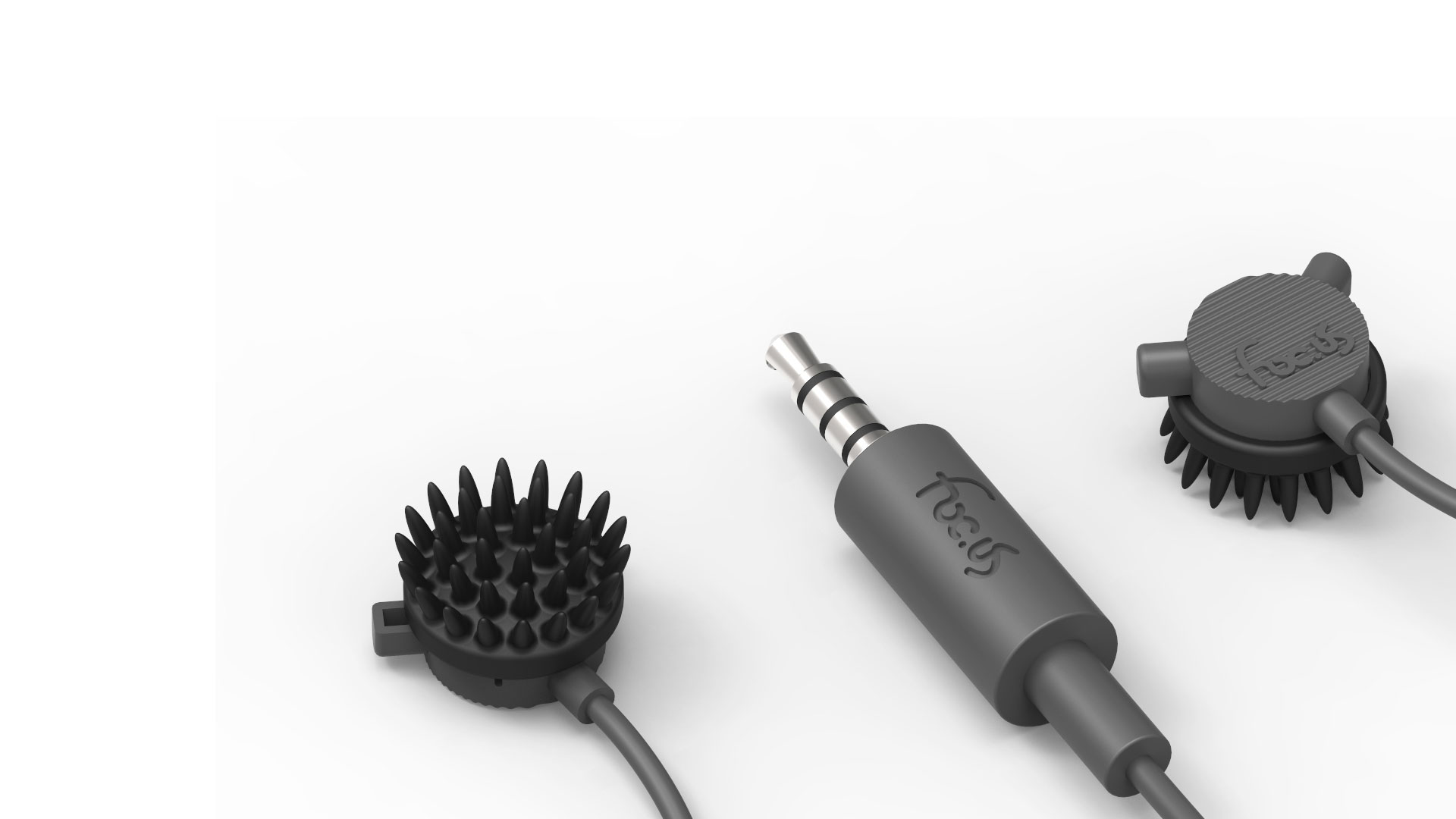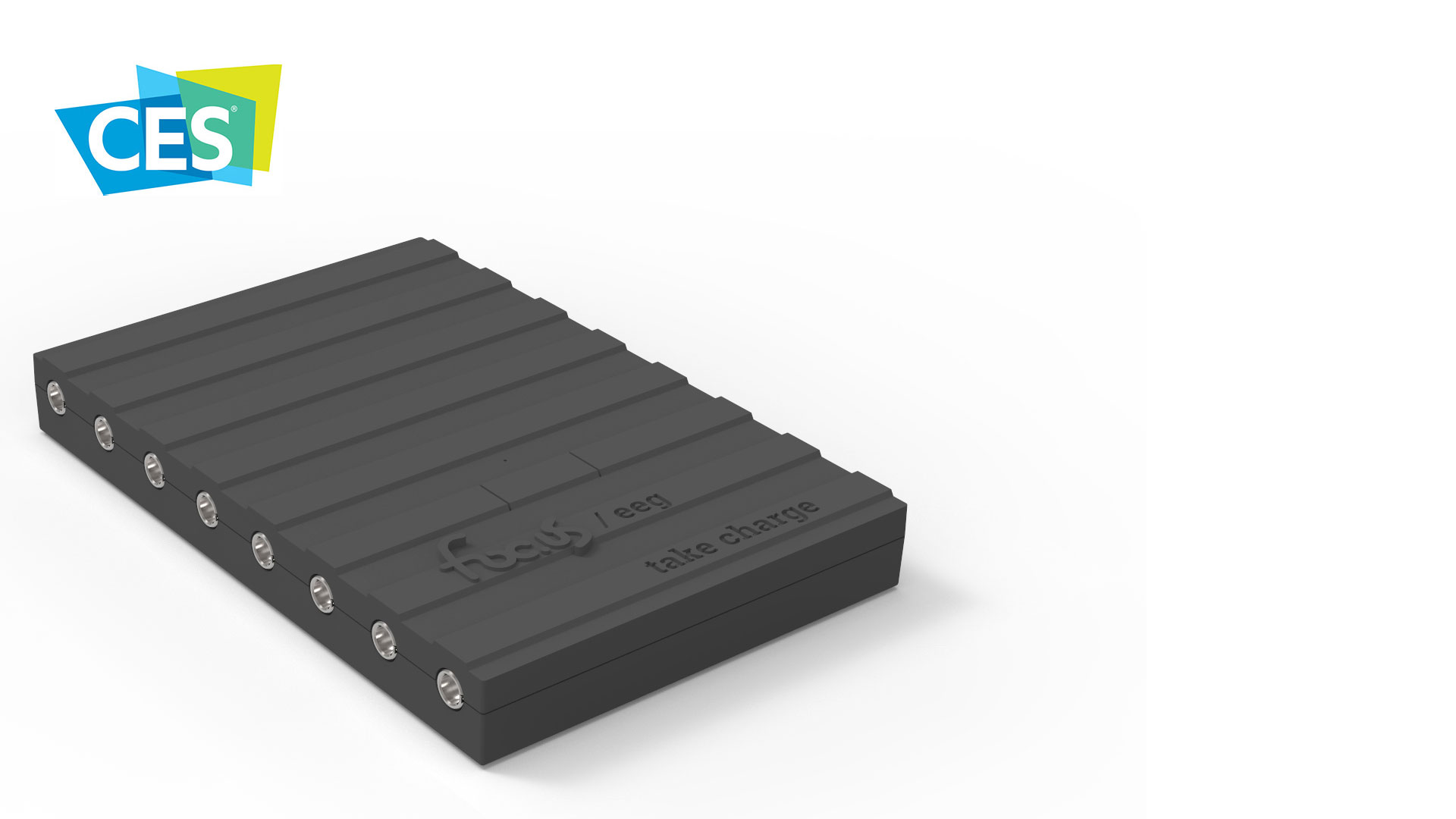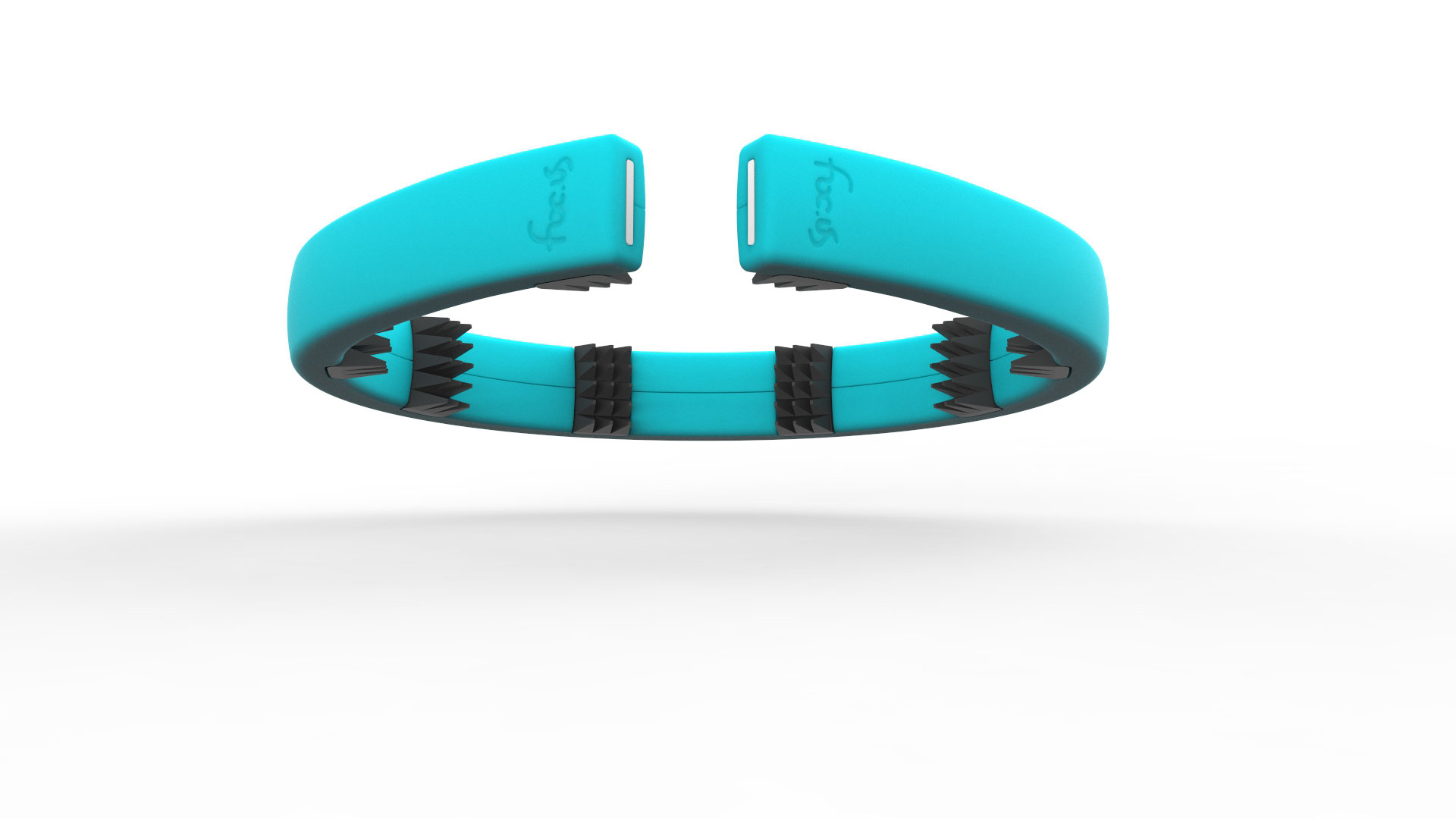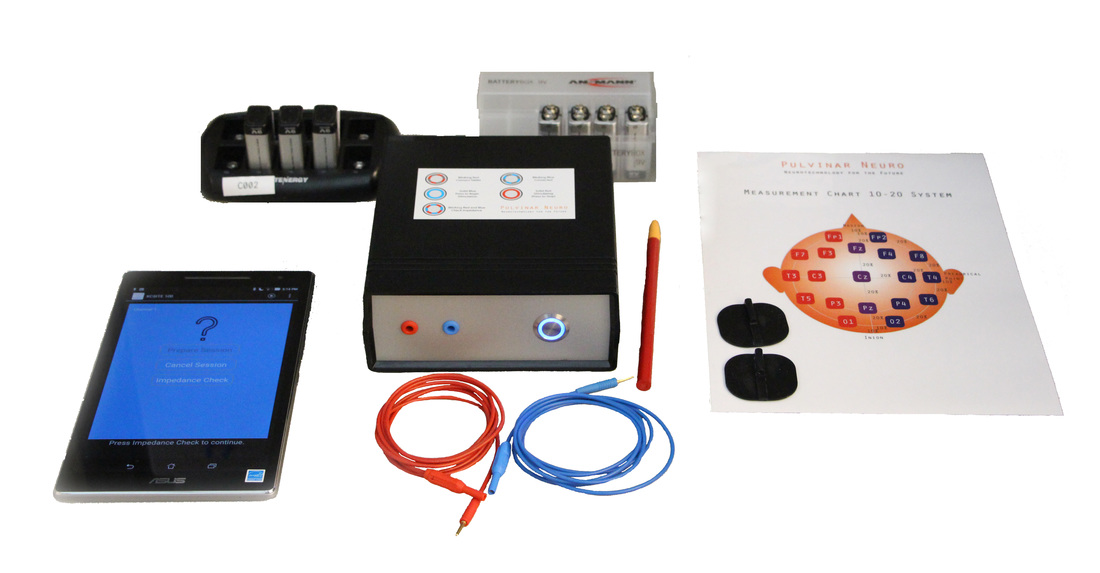Updated with Phil’s follow-up post 3/21/17
Youtube reviewer Phil checks out the Halo Sport tDCS device for the first time. Will post his follow-up review when he posts. I like the idea of him testing with typing speed.
Monthly Archives: January 2017
Focus announces EEG Dev Kit
Update 2/2/17. Focus just announced functional Near-InfraRed Spectroscopy (fNIRS) capabilities for their EEG Dev kit! 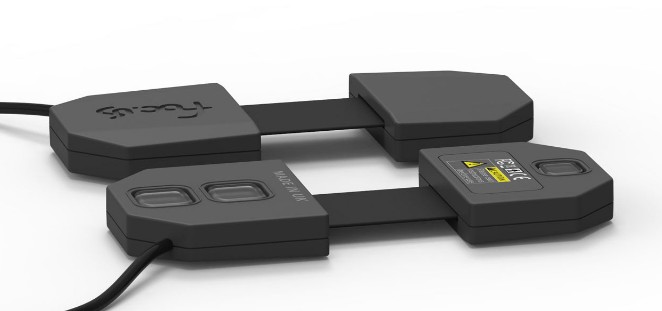
This was announced a few days ago and to be honest, I wasn’t sure what to make of it… a battery-looking EEG thing. Certainly I’m not a ‘Dev’ and so I left it to those who are to parse the details, still… Ah, yes, further details arrived today via email I’m happy to share with you (below). I do get the feeling this will make EEG devs excited.
Update 1/19/17 The focus site now has a photo of their new dry EEG electrode.
Thanks for all your feedback and questions about the focus EEG. A common question has been what exactly is included (see below) and is it everything required (yes).
Included in EEG Dev Kit
- foc.us EEG 24-bit 8-channel EEG with tES & Wi-Fi
- 8 active dry electrodes for EEG, plus bias & reference electrodes
- 2 active bio-potential electrodes for ECG, EOG, EMG or EKG
- 2 wet tES electrodes for tDCS, tACS, tPCS or tRNS
- 10-20 placement cap
- Mains power adapter for recharging
- Raw data access
Next week we will provide more details on the software and SDK for EEG processing.
Sincerely,
team focusP.S. The first 100 66 are available at only $999 $499 – half price!
What I’m excited about is the Focus EEG headset, but a recent tweet exchange indicates we’re a good year away from release.
NYC Neuromodulation 2017 | Yannick Roy
Yannick Roy of NeuroTechX put together a nice summary of his experience at the Neuromodulation 2017 conference in New York.
Read the whole Medium article here: NYC Neuromodulation 2017
Do not use the “Oreo Cookie” approach where you soak your sponge in your saline solution and squeeze it to remove the extra. Because it over saturates, it’s dripping, it’s very “subjective” and hard to reproduce. Get a syringe and put 8mL of saline solution on your sponge and make sure to also get the corners. Do that prior to insert the electrode in between the 2 layers. If it’s dripping wet, that’s bad (you’re doing it wrong!). You should not have to use a tower on the patient’s neck.
Yannick Roy from NeuroTechX with Marom Bikson, chair of the Neuromodulation Conference. The interview was recorded at City College, NYC, during the Neuromodulation 2017.
Andrea Coravos at the NYC Neuromodulation 2017 Conference trying out Halo Sport (with Brett Wingeier)
Do DIY Brain-Booster Devices Work? | Scientific America
Excellent article traces the rise in tDCS interest. Includes many of the key players and links to important research papers. Do DIY Brain-Booster Devices Work?
I explore how a carefully controlled lab procedure got out to the masses. #tDCS https://t.co/jKambHRWtE
— Esther Wei-Yun Landhuis (@elandhuis) January 10, 2017
Pulvinarneuro / Frohlich Lab Announce XCSITE 100 tDCS tACS Research Device
“By researchers, for reseachers.” In this video Flavio Frohlich presents his Pulvinarneuro.com XCSITE 100 tDCS tACS Research Device. Flavio runs the Frohlich Lab at the University of North Carolina UNC Neuroscience Center. His research has been covered elsewhere in the blog.
NYC Neuromodulation 2017 Conference January 13-15
That’s next weekend! Should be an exciting event. Check out the Abstracts submitted by presenters! Things like…
E-meditation: A novel paradigm using tDCS to enhance mindfulness meditation
tDCS metaplasticity and astrocytic calcium in mice
Individual Differences in tDCS Augmented Working Memory Training
Distracted driving and high-definition tDCS
Emotion perception improvement following high frequency transcranial random noise of the inferior frontal cortex
Adaptive tDCS controller for increasing dose to 4 mA
Dry electrodes for transcranial direct current stimulation (tDCS)
Seeking a Superman’s brain: HD-tDCS of brain networks in exercise performance
Investigating Possible Mechanisms of Action of Transcranial Electric Stimulation in Parkinson’s Disease
Zapping the brain really does seem to improve depression | New Scientist
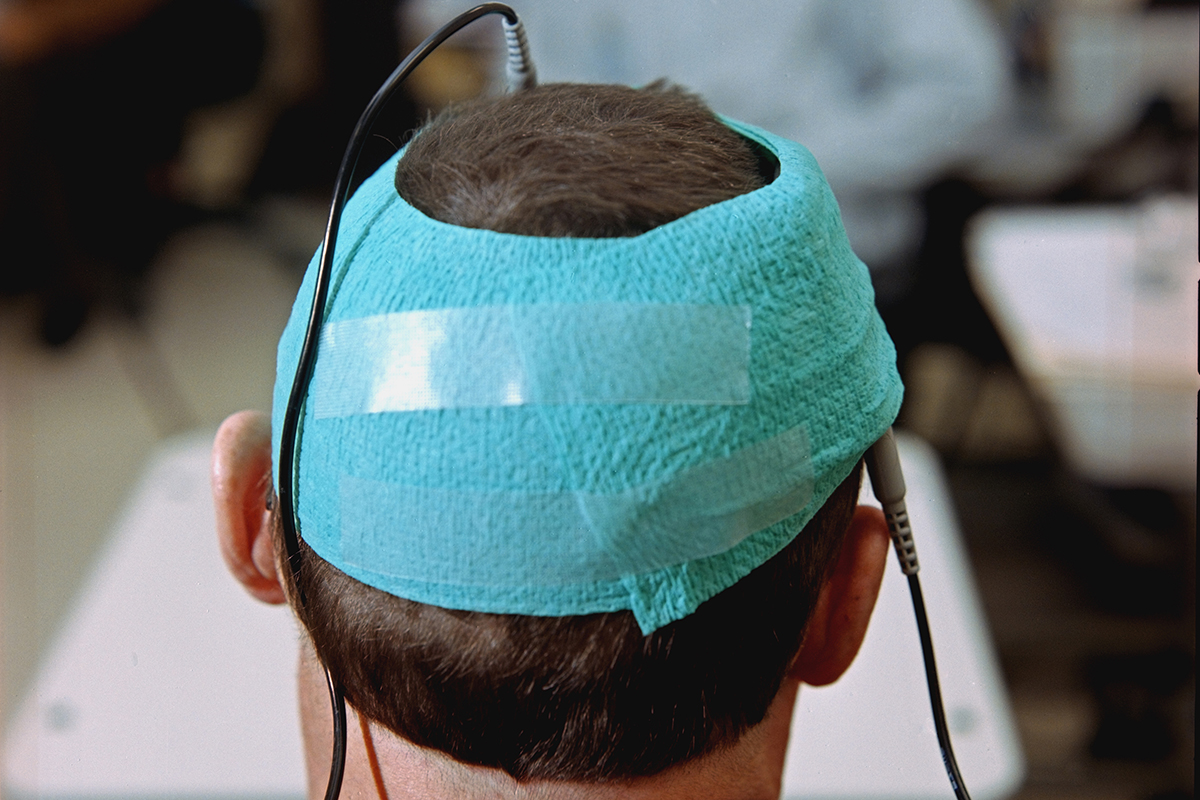
Analysing these high-standard studies revealed that tDCS seems to reliably improve the symptoms of depression, addiction and craving, and fibromyalgia. It also uncovered that the technique does not work for tinnitus, and that the evidence for using tDCS for stroke rehabilitation was not as strong as many had thought.
Full article: Zapping the brain really does seem to improve depression
Full Paper: Evidence-based guidelines on the therapeutic use of transcranial direct current stimulation (tDCS)

